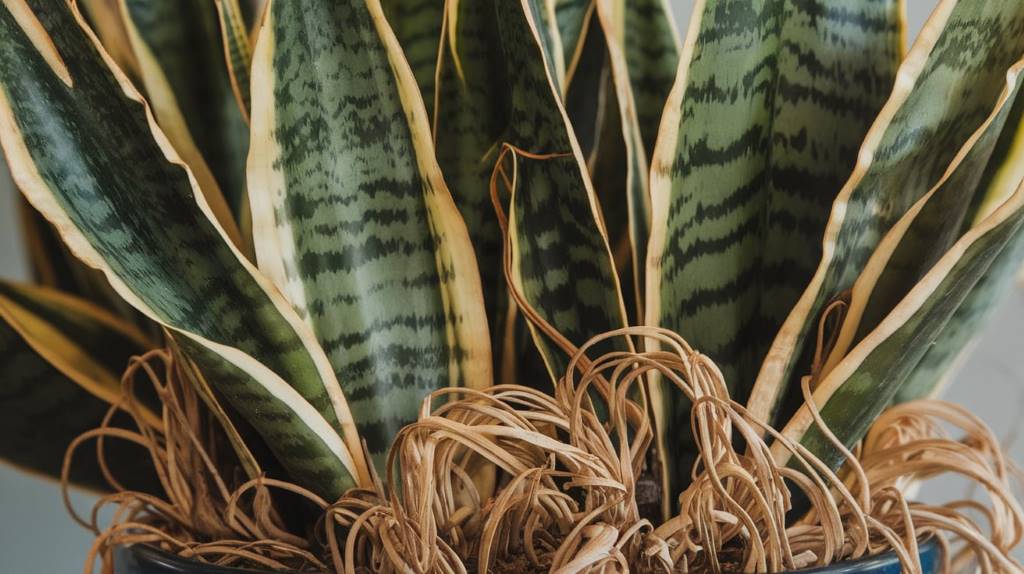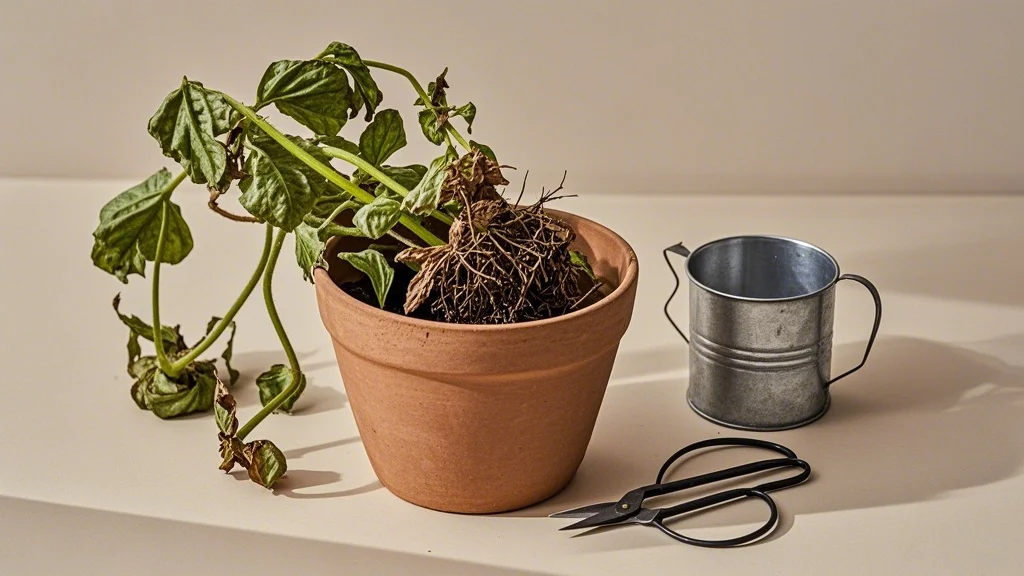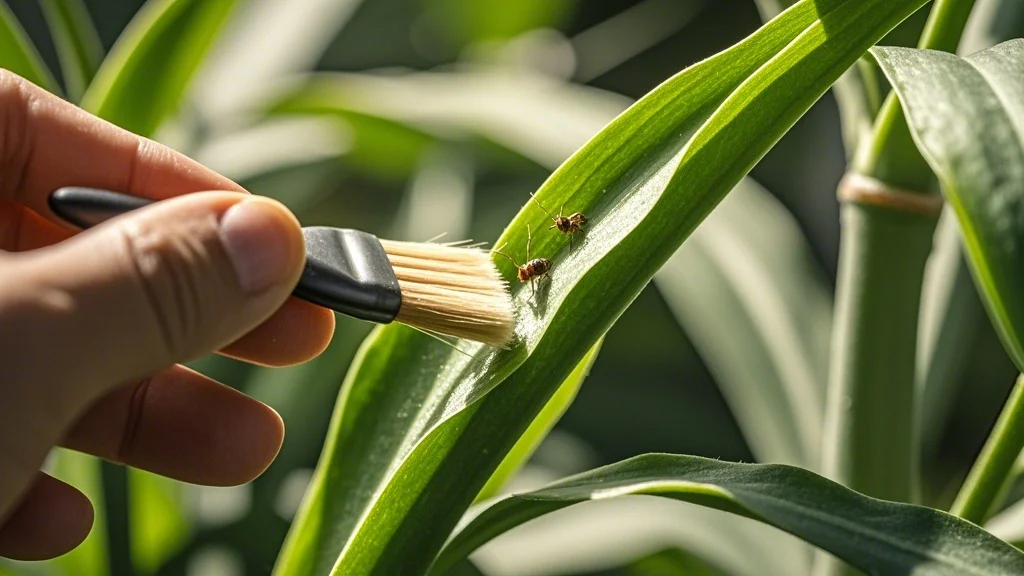Contents
- 1 Understanding Plant Dehydration
- 2 Identifying an Underwatered Plant
- 3 The Science of Plant Rehydration
- 4 Step-by-Step Recovery Plan
- 5 Special Techniques for Severely Dehydrated Plants
- 6 Avoiding Post-Recovery Shock
- 7 Long-Term Prevention Strategies
- 8 Case-Specific Recovery Approaches
- 9 When Recovery Isn’t Possible
- 10 Common Mistakes to Avoid
- 11 Final Thoughts on Plant Recovery
Understanding Plant Dehydration
When your once-vibrant houseplant starts drooping with crispy, brown-edged leaves, you’re likely facing a case of severe underwatering. For urban gardeners with busy schedules, underwatering is one of the most common plant care mistakes. The good news? With proper rehydration techniques, most dehydrated plants can make a full recovery without experiencing the shock that often follows emergency care.
Dehydration in plants occurs when water loss exceeds water uptake over an extended period. Unlike overwatering, which can quickly lead to root rot and plant death, underwatering gives you a longer window for intervention and recovery. The key is recognizing the signs early and implementing a strategic rehydration plan.
Identifying an Underwatered Plant

Before attempting to revive your plant, confirm that underwatering is indeed the problem. Here are the telltale signs of a dehydrated plant:
- Wilting or drooping despite adequate light conditions
- Dry, crispy leaf edges (brown and brittle)
- Curling or cupping of leaves
- Yellowing leaves that quickly turn brown
- Slow or stunted growth
- Extremely dry soil that may have pulled away from the pot edges
- Lightweight pot when lifted
If your plant exhibits several of these symptoms, particularly the dry, pulling-away soil and crispy leaf edges, you’re dealing with dehydration rather than disease or overwatering.
The Science of Plant Rehydration
Understanding what happens during rehydration helps explain why a gradual approach works best. When plants are severely dehydrated, their cell walls become rigid and less flexible. A sudden influx of water can cause these cells to expand too quickly, potentially rupturing cell walls and creating more stress for the plant.
Additionally, extremely dry soil often becomes hydrophobic—actually repelling water rather than absorbing it. This means that even when you water thoroughly, much of it may run straight through the pot without being absorbed by the root ball.
Step-by-Step Recovery Plan
1. Initial Assessment and Preparation
Time needed: 5-10 minutes
Before beginning the rehydration process, assess the severity of dehydration:
- Remove the plant from its decorative pot or cache pot
- Check if the soil has completely pulled away from the sides
- Gently lift the plant to gauge how dry and lightweight it is
- Examine the roots if possible (visible through drainage holes) for dryness
Materials needed:
- Basin, sink, or tub large enough for your plant pot
- Room temperature water (never cold)
- Spray bottle
- Clean scissors or pruning shears
- Fresh, well-draining potting mix (if repotting is necessary)
2. Gentle Initial Watering
Time needed: 5 minutes
For moderately underwatered plants, start with a gentle approach:
- Place the plant in its nursery pot (with drainage holes) in a sink or basin
- Slowly pour room temperature water around the edges of the pot, avoiding direct contact with the stem
- Allow the water to gradually penetrate the soil
- Wait 15-20 minutes for initial absorption before proceeding
For severely dehydrated plants with hydrophobic soil, this step may not be sufficient, as water will likely run straight through without being absorbed.
3. Bottom Watering Technique
Time needed: 30-60 minutes
Bottom watering is ideal for severely dehydrated plants as it allows for gradual, thorough rehydration:
- Fill a basin with 2-3 inches of room temperature water
- Place the plant pot in the basin, ensuring the drainage holes are submerged
- Allow the plant to soak for 30 minutes initially
- Check if the top layer of soil has become damp; if not, continue soaking
- For extremely dry plants, this process may take up to an hour
- Once the top soil feels moist to the touch, remove the plant from the basin
- Allow excess water to drain completely before returning to its normal spot
4. Misting and Humidity Support
Time needed: Ongoing for 1-2 days
While the soil rehydrates, support the foliage with increased humidity:
- Fill a spray bottle with room temperature water
- Gently mist the leaves (except for fuzzy-leaved plants like African violets)
- For tropical plants, consider placing a clear plastic bag over the plant to create a humidity tent
- Keep the plant out of direct sunlight during this recovery period
- Continue misting 2-3 times daily for the first few days of recovery
5. Pruning Damaged Growth
Time needed: 10-15 minutes
After initial rehydration (24 hours later):
- Using clean scissors or pruning shears, remove completely dead or crispy leaves
- For leaves that are partially damaged, trim only the dead portions if possible
- Do not remove more than 30% of the plant’s foliage at once, as this creates additional stress
- Focus on removing fully dead material rather than leaves that are just beginning to brown
6. Gradual Return to Regular Watering
Time needed: 1-2 weeks
After the initial rehydration:
- Check soil moisture every 2-3 days by inserting your finger 1-2 inches deep
- Water when the top 1-2 inches feel dry, using less water than during the emergency rehydration
- Gradually extend the time between waterings as the plant stabilizes
- After 2 weeks, establish a proper watering schedule based on your plant’s specific needs
Special Techniques for Severely Dehydrated Plants
The Shower Method
For extremely dehydrated larger plants that won’t fit in a basin:
- Place the plant in its nursery pot in the shower
- Run lukewarm water at a gentle pressure for 5-10 minutes
- Allow the plant to drain thoroughly afterward
- Repeat if the soil still appears dry after 30 minutes
Ice Cube Method (For Certain Plants Only)
For plants with very compacted, hydrophobic soil:
- Place 2-3 ice cubes on the soil surface (away from stems)
- As they melt, they provide a slow, steady source of water
- This method works best for medium-sized plants that aren’t sensitive to cold
- Not recommended for tropical plants or those with delicate root systems
Water Wicking Technique
For plants where the soil has completely pulled away from the pot:
- Take several strips of cotton fabric or paper towels
- Place one end in the soil and the other in a container of water
- The fabric will wick water slowly into the soil
- Maintain this setup for 24-48 hours until soil begins to expand and absorb water normally
Avoiding Post-Recovery Shock
After successfully rehydrating your plant, it’s crucial to prevent shock during the recovery period:
- Keep the plant in indirect light for at least a week after rehydration
- Maintain stable temperatures away from drafts, heaters, or air conditioners
- Hold off on fertilizing for at least 2-4 weeks after recovery
- Delay repotting if possible until the plant shows signs of new growth
- Monitor closely for any signs of stress or pest issues, as dehydrated plants are more vulnerable
Long-Term Prevention Strategies
Once your plant has recovered, implement these strategies to prevent future dehydration:
Proper Watering Schedule
Develop a consistent watering routine based on:
- Plant species requirements
- Pot size and material
- Environmental conditions (humidity, temperature, airflow)
- Seasonal changes
Soil Amendments
Consider adding water-retentive materials to your potting mix:
- Coco coir
- Perlite
- Vermiculite
- Water-storing crystals (for certain plants)
Environmental Modifications
Create conditions that reduce water stress:
- Group plants together to increase ambient humidity
- Use pebble trays filled with water beneath pots
- Consider a humidifier for tropical plant collections
- Move plants away from heating vents in winter
Monitoring Tools
Invest in tools to help maintain proper moisture levels:
- Moisture meters
- Self-watering pots for vacation periods
- Smart plant sensors for tech-savvy gardeners
- Water reminder apps
Case-Specific Recovery Approaches
Succulents and Cacti
These plants store water in their tissues and require a modified approach:
- Water less frequently but more thoroughly
- Allow 1-2 days between bottom watering and returning to normal care
- Expect slower visible recovery as they rehydrate their tissues
- Watch for root rot if overcompensating with too much water
Tropical Foliage Plants
Plants like pothos, philodendrons, and peace lilies:
- Benefit greatly from humidity tents during recovery
- May need multiple bottom watering sessions 12 hours apart
- Often show dramatic improvement within 24-48 hours
- May still lose some older leaves despite successful rehydration
Woody Plants and Trees
For indoor trees and woody-stemmed plants:
- Require longer rehydration periods (sometimes 2-3 soaking sessions)
- May need trunk misting to support bark hydration
- Often take 1-2 weeks to show visible recovery
- Benefit from a diluted seaweed solution after initial recovery (2+ weeks later)
When Recovery Isn’t Possible
Despite your best efforts, some severely dehydrated plants may not recover fully. Signs that a plant may be beyond saving include:
- No improvement after 7-10 days of proper rehydration care
- Stems that have become completely brittle and snap easily
- Root systems that appear dry, brittle, and disintegrated
- Complete leaf drop with no signs of new growth points
In these cases, consider propagating any viable sections or starting fresh with a new plant, using the experience to improve your watering routine.
Common Mistakes to Avoid
When reviving underwatered plants, avoid these common pitfalls:
- Overcompensating with too much water – This can lead to root rot
- Fertilizing during recovery – This adds stress to an already stressed plant
- Immediate repotting – Wait until the plant stabilizes before changing its environment
- Placing in bright direct light – This increases transpiration and water loss
- Removing too many leaves – The plant needs its remaining foliage for photosynthesis
- Using cold water – This can shock the root system
Final Thoughts on Plant Recovery

Reviving an underwatered plant requires patience and a methodical approach. The gradual rehydration techniques outlined above give your plants the best chance at full recovery without the shock that often follows emergency interventions.
Remember that even perfectly recovered plants may show some cosmetic damage from their dehydration experience. New growth will emerge healthy and vibrant if you maintain proper care moving forward. Use this experience as an opportunity to better understand your plant’s specific water needs and adjust your care routine accordingly.
With the right approach, most underwatered plants can bounce back and thrive once again in your urban garden, bringing life and vibrancy to your indoor space.
Have you successfully revived a severely underwatered plant? Share your experience and tips with the OwnGardens community to help fellow urban gardeners save their dehydrated plant friends!









